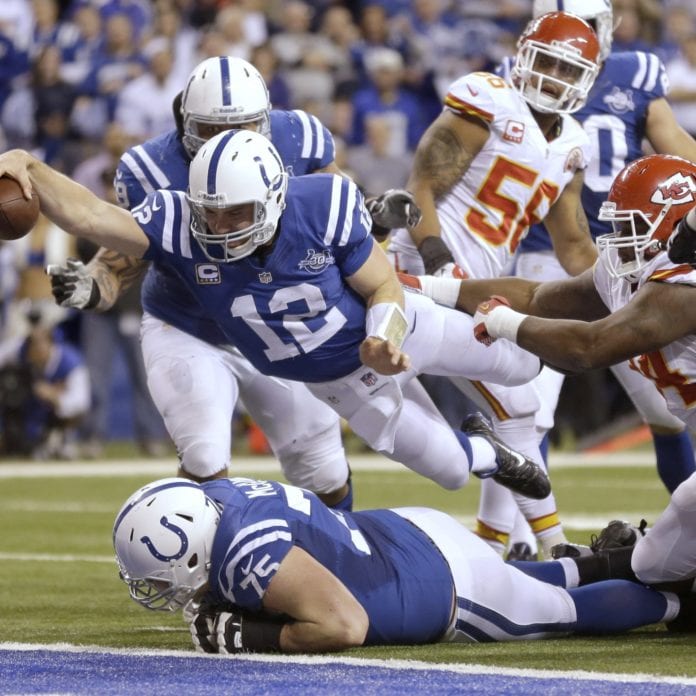Verizon’s MEC platform moves AWS compute and storage services to the edge of the network
Days before this year’s Super Bowl at Miami’s Raymond James Stadium, Verizon Vice President of Device Technology Brian Mecum told RCR Wireless News that fans will have access to a number of “off-the-charts-cool” featured thanks to 5G and Mobile Edge Computing (MEC). Now, Verizon and AWS have revealed more details about how exactly MEC was used during game day to deliver new experiences, most notably, a 5G and MEC-enabled mobile game called NFL Ultra Toss.
The MEC platform moves AWS compute and storage services to the edge of Verizon’s 5G network, allowing innovators to develop applications with ultra-low latencies that will support next generation use cases ranging from self-driving cars to autonomous industrial equipment.
“Gaming is all about community and so is the Super Bowl and together with AWS we were able to bring these two communities together to offer a first of its kind 5G and MEC-enabled gaming experience to fans at scale,” Nicki Palmer, chief product officer at Verizon, commented in a recent press release. “The super-fast speeds, massive bandwidth and low latency provided by 5G and MEC lets players have a console-quality multi-player gaming experience on the go and allows developers to rewrite the rules for creating eye-popping, graphics-rich multiplayer action. The future of gaming is happening right now.”
During the second quarter of the game, in-stadium fans who had the NFL Ticketholder app received a push notification, letting them know that they were able to compete in the game by using their smartphone to virtually toss a football into the back of a virtual pickup truck positioned in the middle of the field. If connected to Verizon’s 5G network, the fan was able to point their phone’s camera to the middle of the field to see the virtual pickup truck materialize on the field using augmented reality (AR).
Fans were not only able to watch their own tossed football fly through the air towards the target, but also the virtual footballs being thrown by other fans in real time. This both increased a fun sense of competition, but also, as Palmer suggested, created a sense a community—which these days, has become something we all seem to value a little bit more.
To make the multi-player experience work properly, the network needed to deliver low latency, which was accomplished by offloading the data to the edge of Verizon’s 5G network, and in doing so, shortening the roundtrip that data needed to travel.
Currently, Verizon has deployed a Wavelength availability location in the metro regions of the first 10 sites. According to Sender, these locations are very robust. Within that footprint, the carrier is citing ultra-low latency of 20-50 milliseconds. However, Sender expects that number to improve substantially as C-RAN is introduced to the network.
After first launching 5G Edge with AWS Wavelength in Boston and the Bay Area last August, Verizon finished 2020 with a total number of locations that can access the MEC platform to 10 when it added Denver and Seattle to the list.

